Over the past half century, media and academic sources repeatedly suggested that increasingly dense cities would dominate the future. Places such as London, San Francisco and Chicago would dominate an economy.
Today, this assessment seems grossly dated. Even in the pages of the urbanista New York Times there are widespread fears of an “urban doom loop.” But this, too, is a stretch. Great core cities will not go the way of post-imperial Rome, but their role is being recast as the urban frontier shifts increasingly to the periphery.
What we are seeing mirrors H.G. Wells’s vision. He predicted that most economic life, and most families, would shift to the suburbs and exurbs. The urban core would be reinvented: no longer the uncontested center of political and economic life but a vast theater of “concourse and rendezvous,” ideal for the childless wealthy, necessary for their servants and a beacon to the young and the culturally aware.
This would surely represent a major shift away from the idea of the dominant “transactional city,” filled with workers packed in ever-higher buildings, drawn from the vast array of bedroom satellites across a huge geographic area. Office occupancy has been declining since the turn of the century. Covid accelerated that trend.
Although they are no longer the epicenters of economic life, London, New York, Paris, Tokyo and Miami retain an irresistible allure to educated young people, globe-trotting elites and cultural creators. In New York, while the population has declined, the ranks of the ultra-rich have continued to increase. These favored cities have become less economic capitals and more stage props for luxury-brand groups.
Now, the bulk of new urban development takes place outside the core of the city, largely in the suburban and exurban periphery. In 1950, those living in city cores accounted for nearly 24 percent of the US population; today that share is less than 15 percent.
Suburban, and particularly exurban, metropolitan growth has accelerated in recent years. From 2010 to 2017, 91 percent of employment growth among major metropolitan areas was outside central business districts. The 50 highest-growth counties in the US, almost all suburban or exurban, had an employment increase of more than 2.5 times that of the others in 2019.
These changes are generally greeted with horror by our cultural, academic and media elites. But if some analysts still predict a return to urban growth and greater office occupancy, even devoted friends of urban density admit that the urban future will be increasingly shaped by sprawl.
The drivers here are demographic shifts and technological improvements. With the development of instantaneous communication, notes a report from Brown University, neither the size nor density of a city makes it more productive. Indeed, almost all the leading tech centers in the country are primarily suburban in nature.
In New York, while the population has declined, the ranks of the ultra-rich have continued to increase
The rise of remote or hybrid work is accelerating this shift. According to a study by the University of Chicago, in high-end business services and technology, a third of the workforce can function remotely – as can employees in roughly 50 percent of jobs generated by Silicon Valley.
Demographics provide the most compelling evidence of peripheral ascendancy, which can be seen in the movement of educated young people, particularly as they hit their thirties, away from places such as New York, Los Angeles and San Francisco. Even before the pandemic, two-thirds of millennials favored the suburbs. The same thing is happening in other countries. Rather than signaling decay, the growth of suburban and exurban communities represents the cutting edge of 21st-century urbanism. These areas are becoming cities of a new sort, serving as domiciles but also places of employment, shopping and the arts.
This process is in its infancy. New exurban areas are being planned, notably by Elon Musk in Texas and Bill Gates in Arizona. Rather than an abandonment of the city, this is a continuing reinvention of it.
The rise of suburban and exurban living reflects a desire for safer, cleaner and less congested environments, and core cities will only be revitalized if they address the quality of life they provide. Donald Trump’s return has been greeted by many urban leaders with about as much enthusiasm as a reprise of the bubonic plague. But a second Trump presidency could also force mostly Democratic municipal leaders to address challenges on their own.
The right’s drive to close off America’s international borders may slow the movement of populations to urban centers. But it could also reduce threats to public order and social cohesiveness. In New York, warns its former governor and mayoral aspirant Andrew Cuomo, the “migrant crisis” has become “the tipping point” of “the urban death spiral.” The challenge for older cities lies not in notions about diversity but in making the streets safe and creating opportunities for business and culture.
A promising sign lies in the election of new, pro-business moderates in cities where crime has been a key issue. In Houston, more than 80 percent of voters listed it as their primary concern. In 2023 the public elected as mayor, by almost two to one, veteran state senator John Whitmire over left-wing firebrand Sheila Jackson Lee.
If traditional cities seek to find their future niche, they will need to enact a political revolution. It will not alter the fundamental dispersion of urban life – but even the old cities can find a comfortable place in the new metropolis if they can find ways to make urban life work.
This article was originally published in The Spectator’s June 2025 World edition.



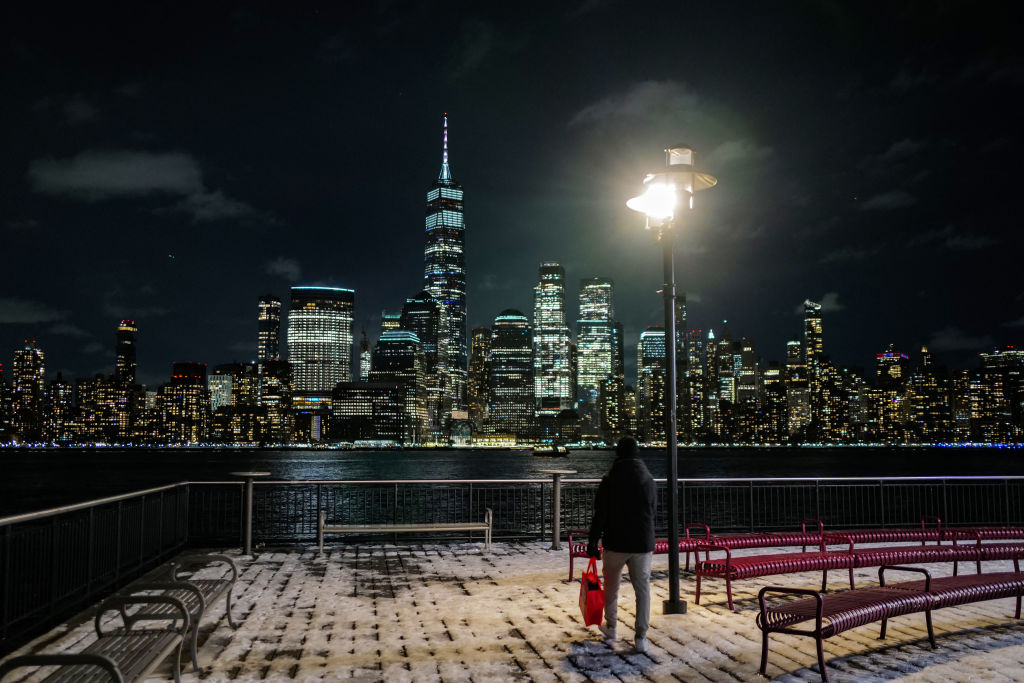






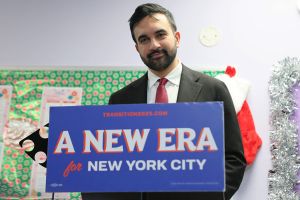
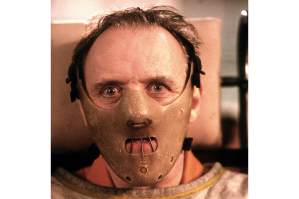

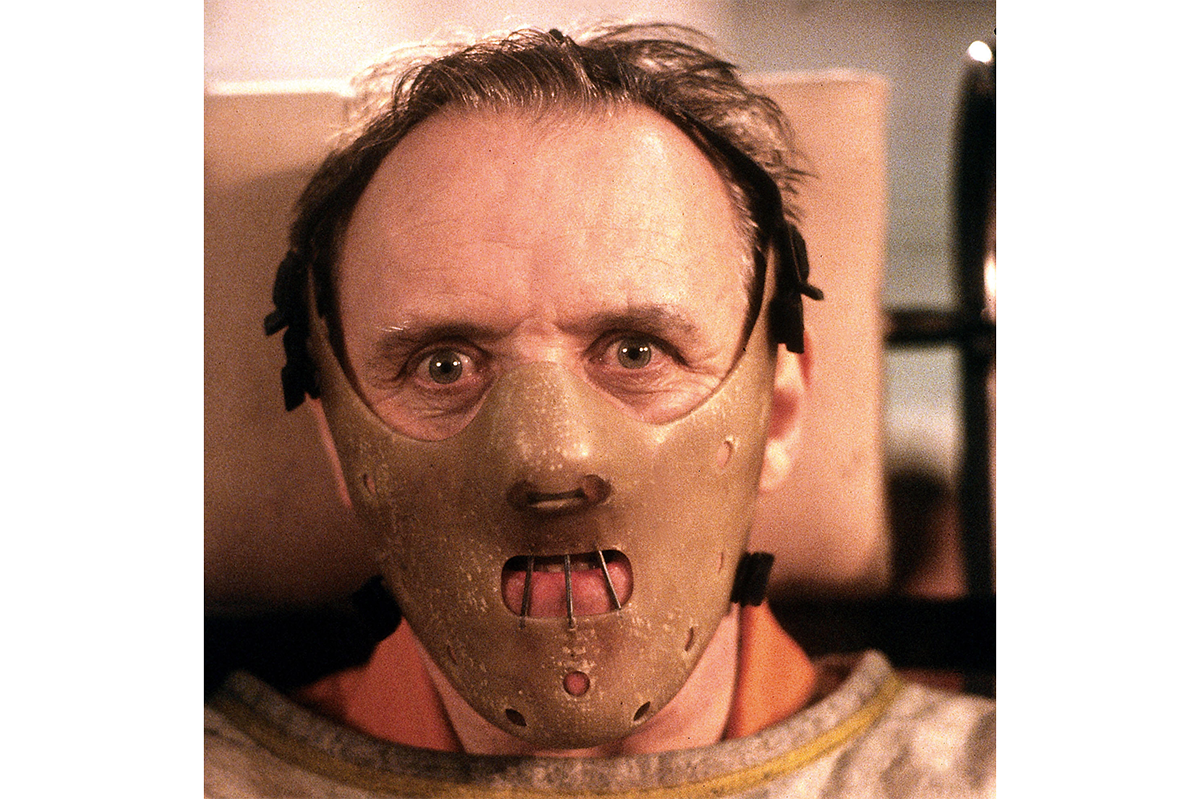

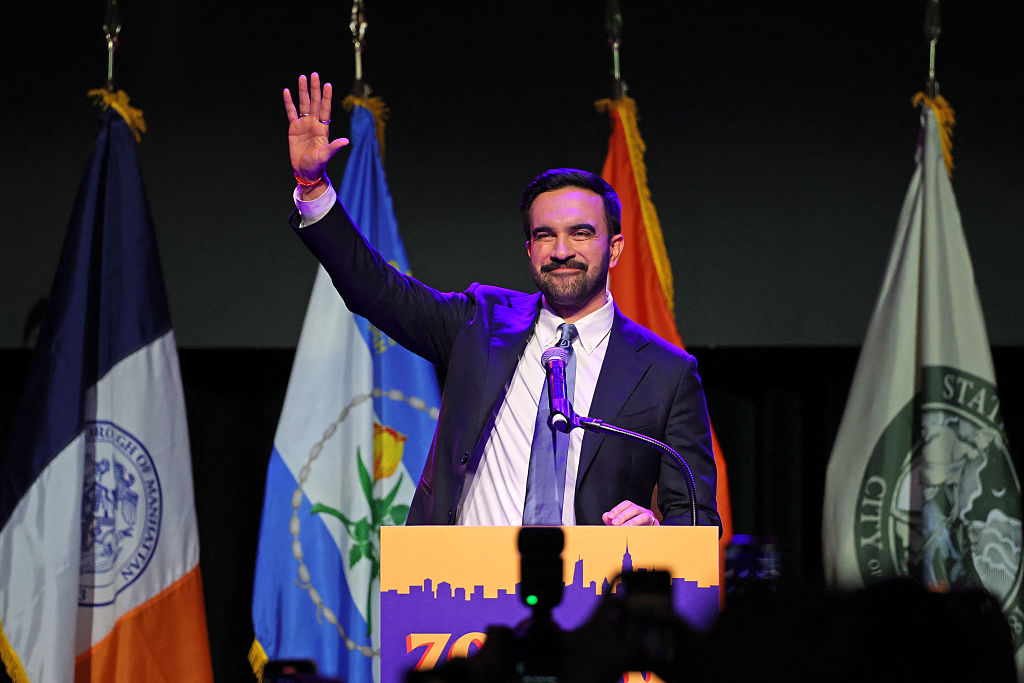


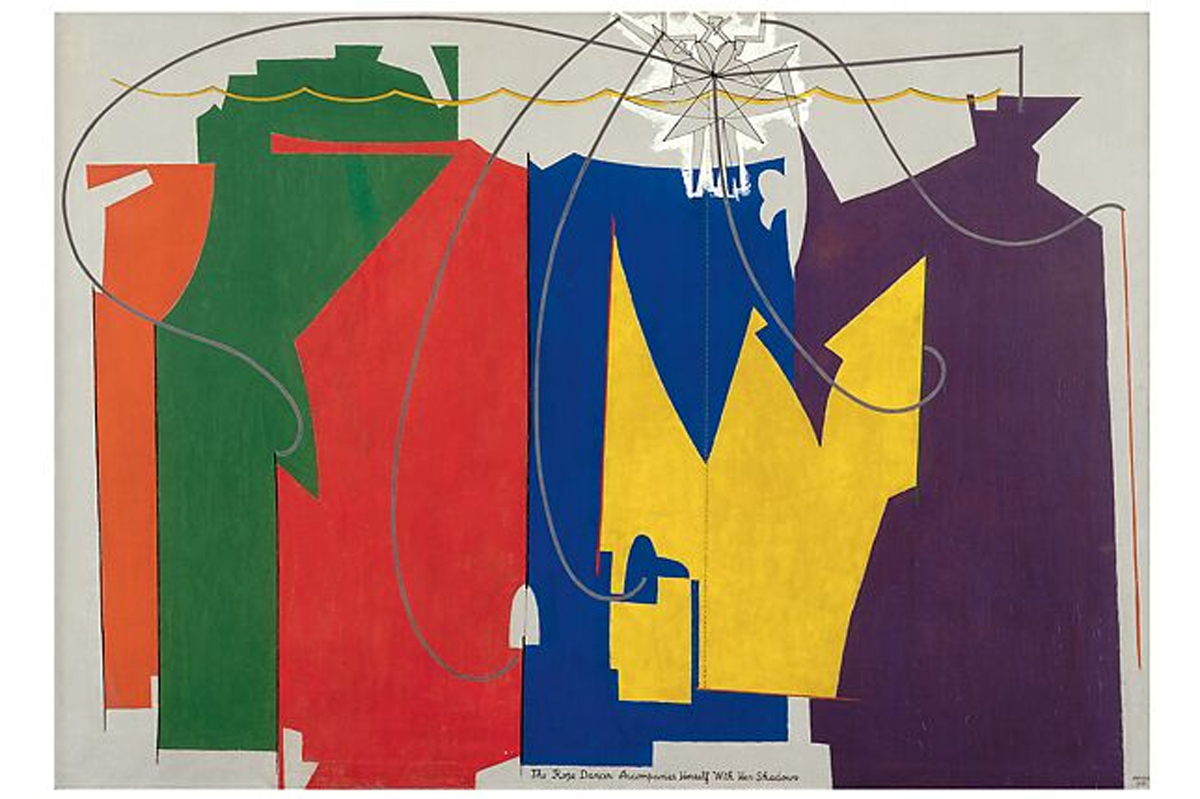







Leave a Reply